After Apple officially announced the date of its November Keynote this week, speculations and conjectures about new Apple computers have once again been given space. They will also be discussed in our regular summary of speculations, but in addition to them, future iPhones will also come up.
It could be interest you

Even faster 5G
iPhones with 5G connectivity have only been on the market for a really short time, and there are already rumors that Apple could make even more improvements in this direction in the future. This is evidenced by a new patent that describes how future iPhones could use millimeter waves to determine whether nearby objects are interfering with signal distribution. If such a detection were to occur, the device would automatically be able to switch to a different antenna configuration. The millimeter wave signal has a relatively short range and is easily blocked by various objects. The mentioned patent describes an electronic device on which mmWave antennas are arranged in such a way as to minimize signal interference by nearby objects.
New Macs
Apple officially announced this week that the next Keynote will be held on November 10. Most people agree that the new ARM Macs should be introduced there. In connection with the upcoming November Keynote, Bloomberg reported that Apple should introduce a XNUMX-inch MacBook Air, a XNUMX-inch MacBook Pro and a XNUMX-inch MacBook Pro. All mentioned models are to be equipped with Apple Silicon processors. However, Bloomberg also points out that the new Apple laptops should not feature any significant changes in terms of design. According to Bloomberg, however, we will have to wait a while for desktop Macs with Apple Silicon processors.
…and Touch ID again
This week, there has also been renewed talk that Apple could reintroduce Touch ID to its future iPhones. This time, the fingerprint sensor should not be placed under the Home Button, but under the display, as is the case with some smartphones of competing brands - so the iPhones would not have to reduce the display area. Among other things, the scanning of fingerprints should take place with the help of infrared light. Apple has introduced Face ID authentication for its current iPhones (with the exception of this year's iPhone SE), but many users (especially in connection with the need to wear a face mask) still prefer the Touch ID function.
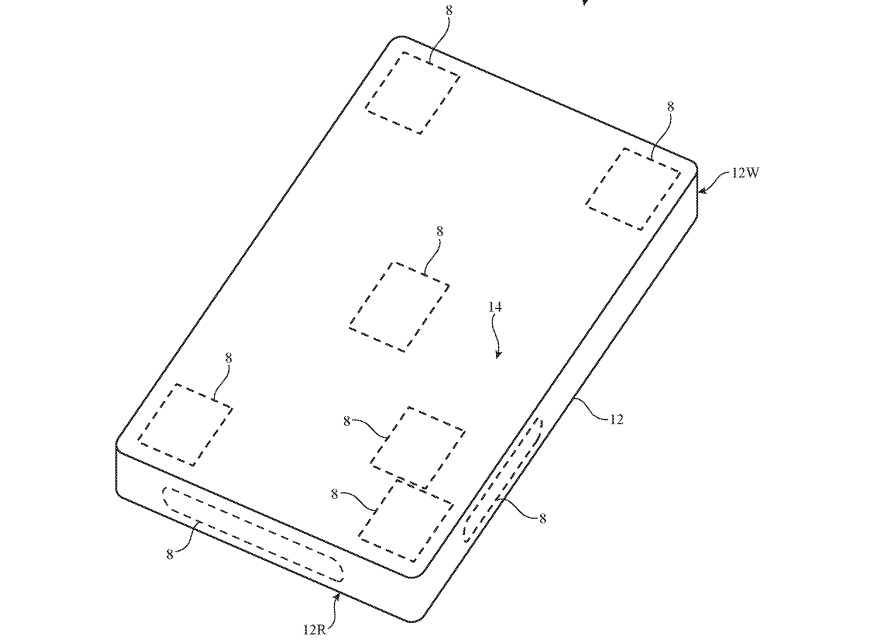
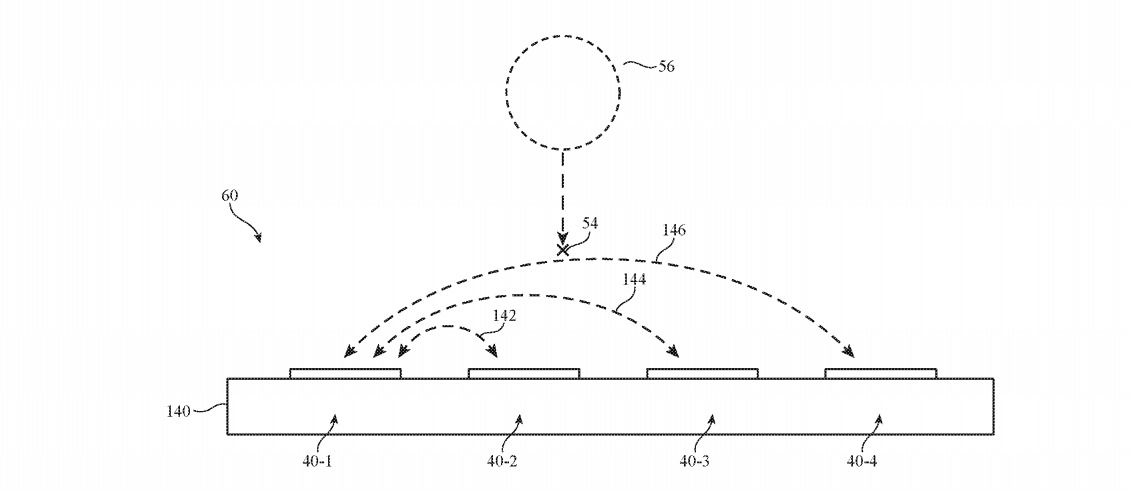
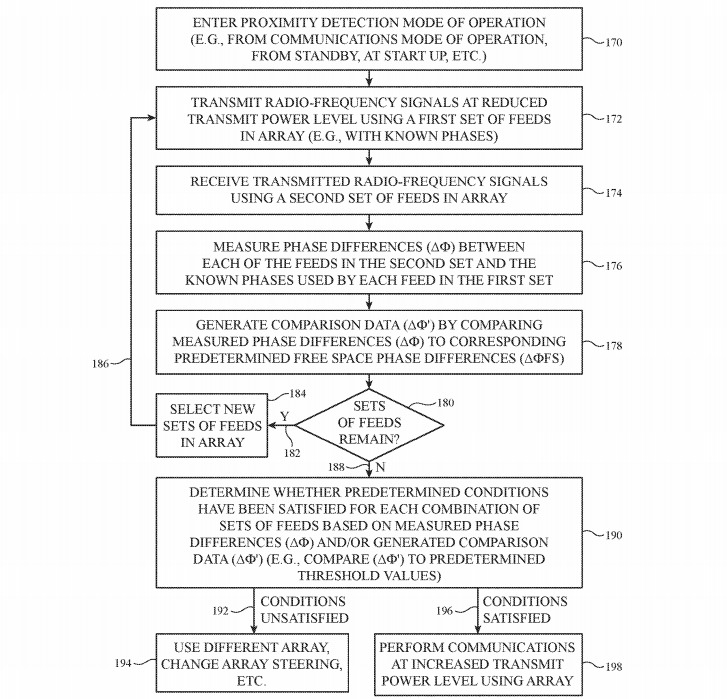


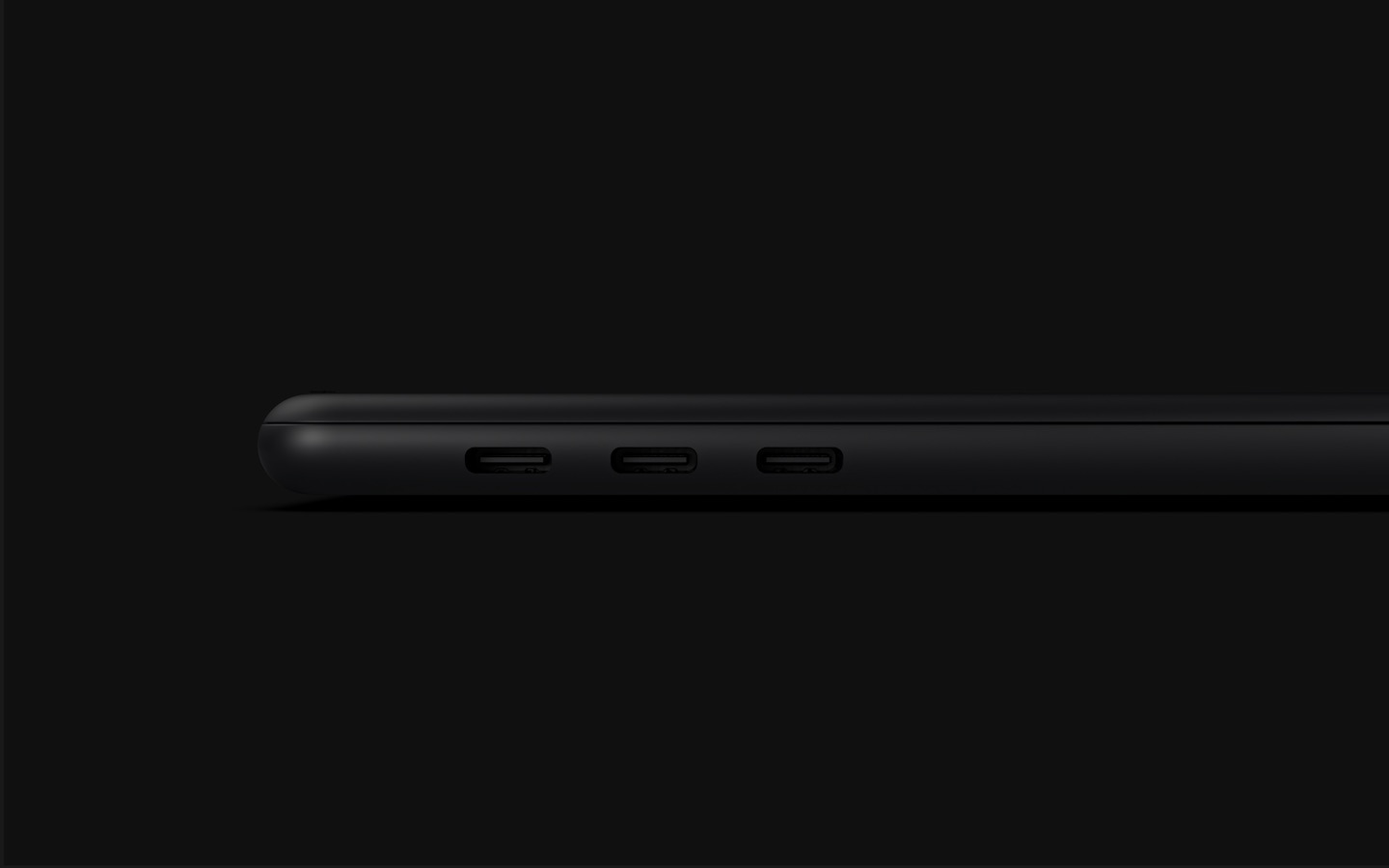
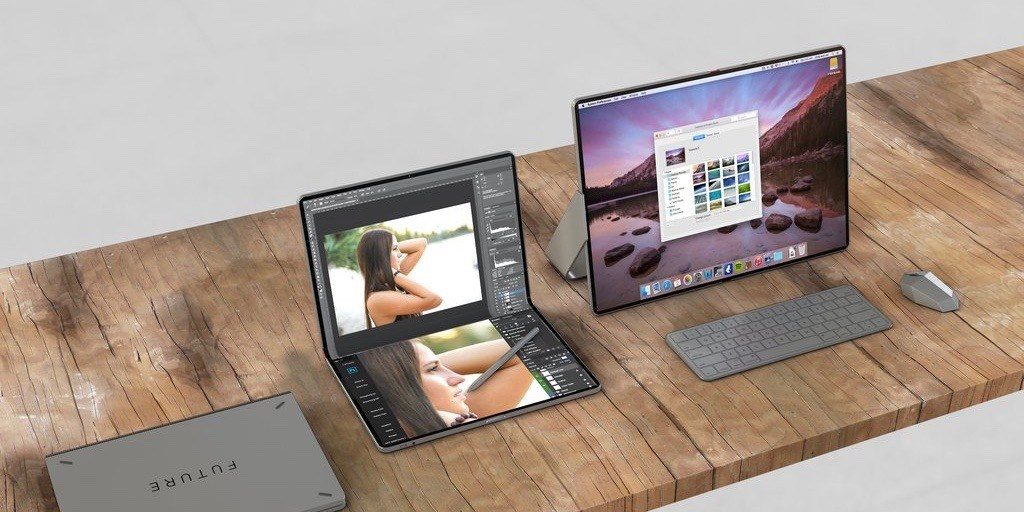
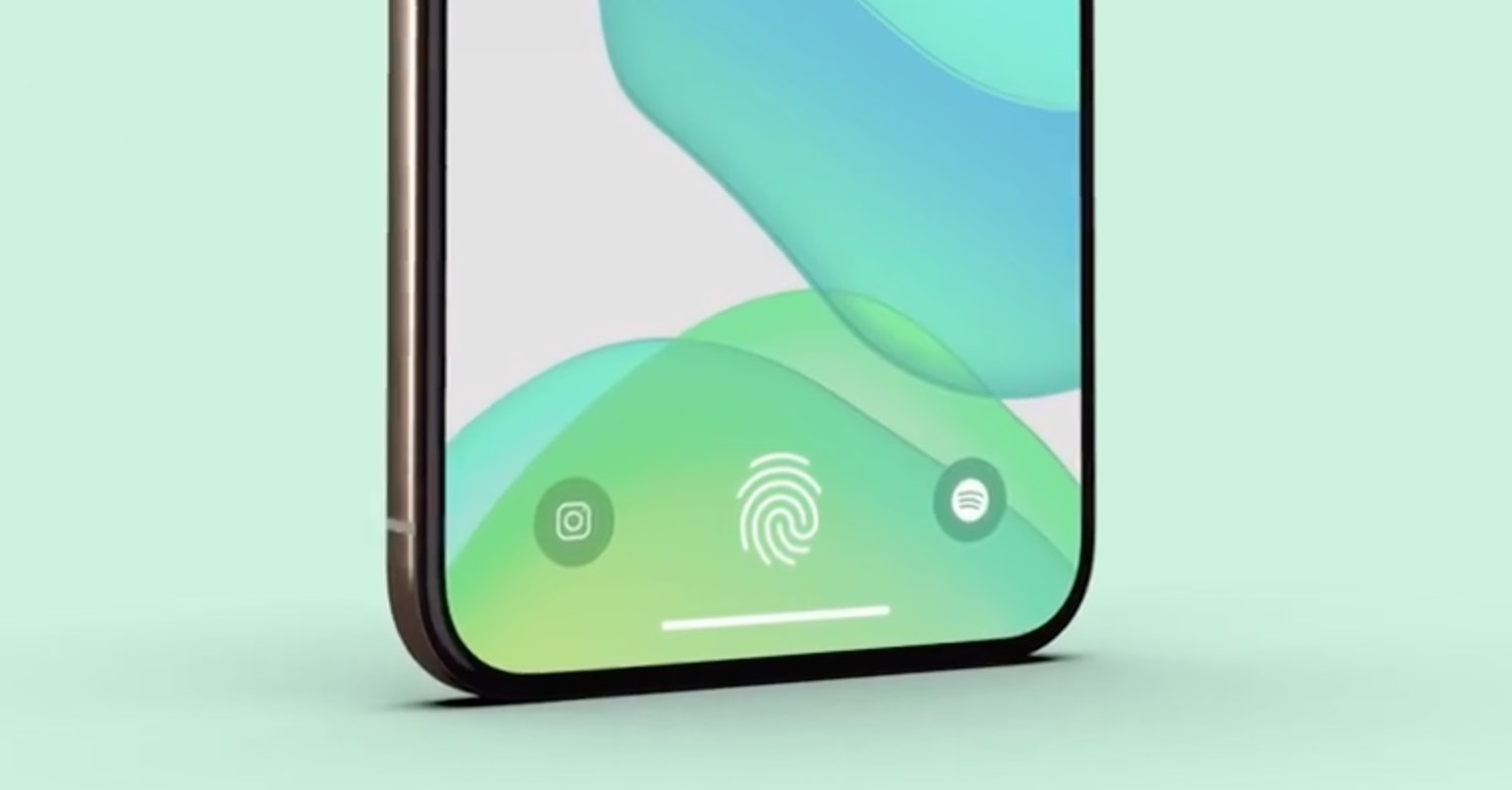
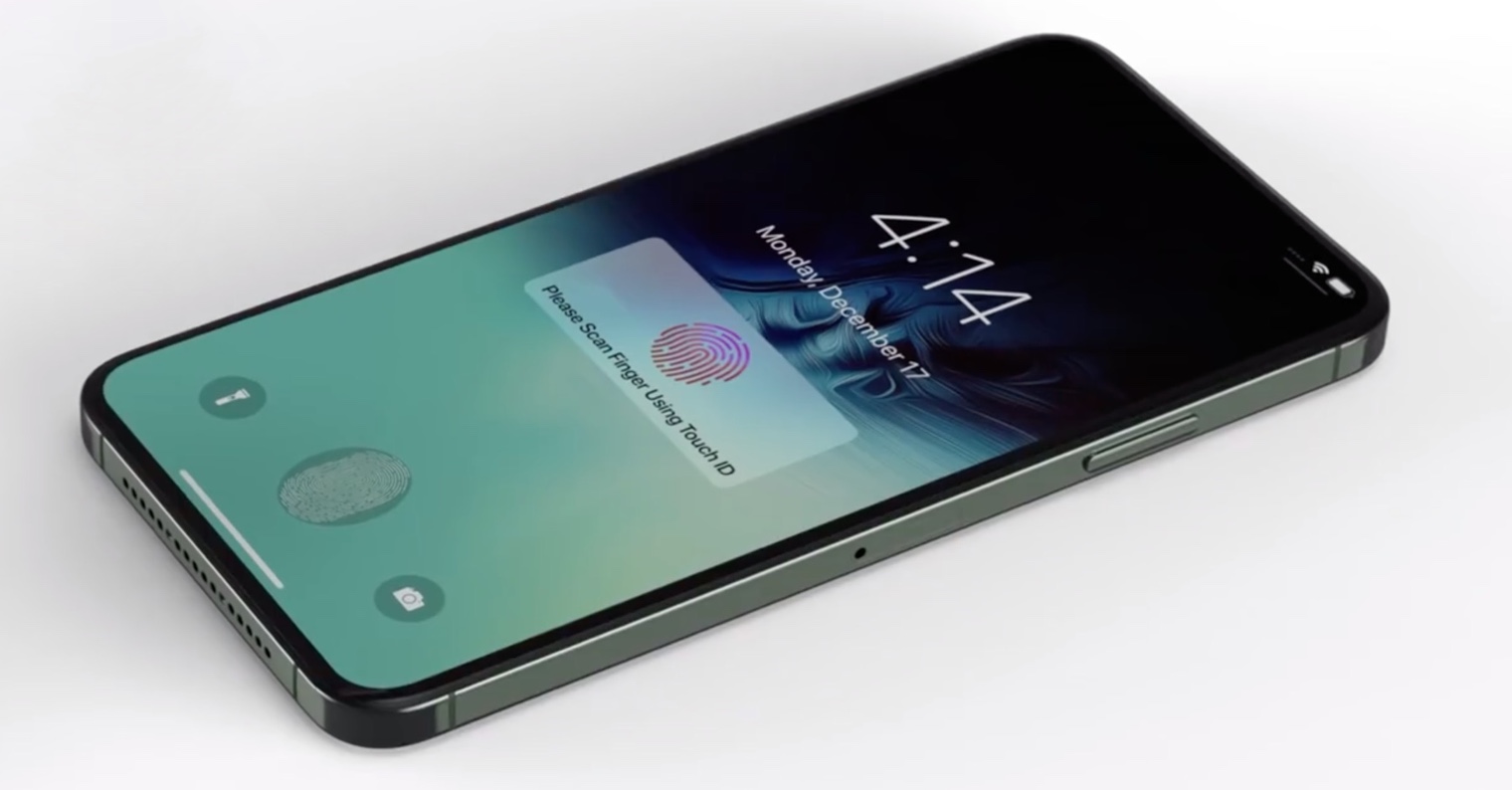
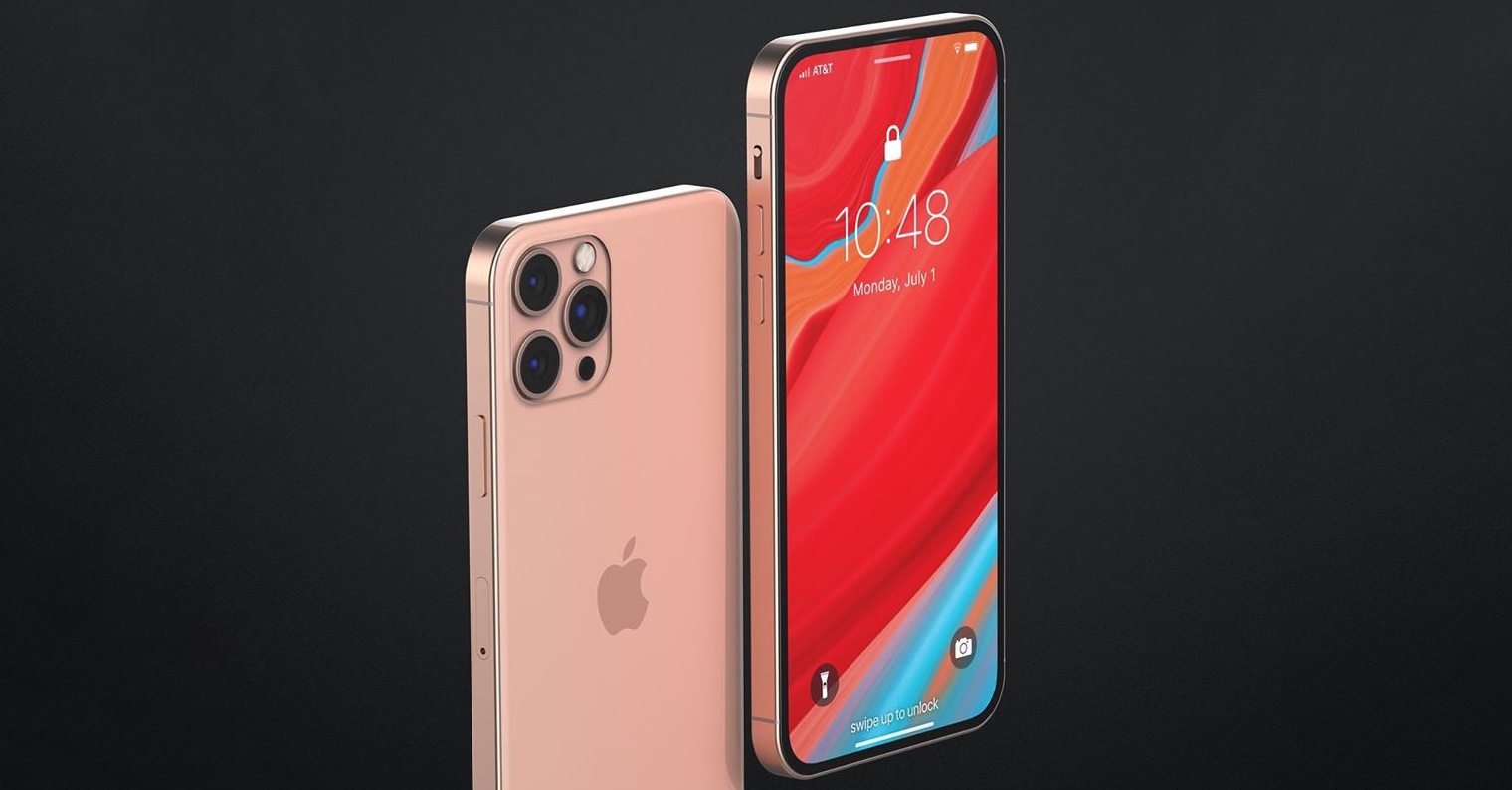
As I wrote elsewhere:
http://coins4you.cz/ip12/
touch ID would be ideal in the lock button. That on the new iPhone 12 is large enough and takes over the full functions of the home button anyway.